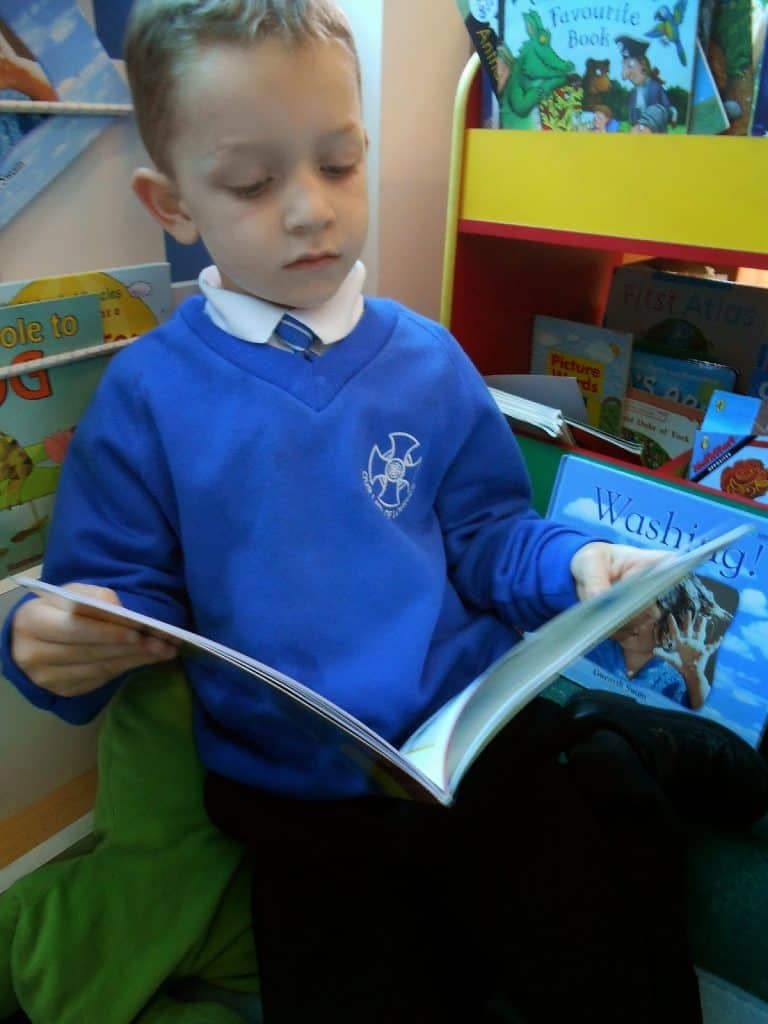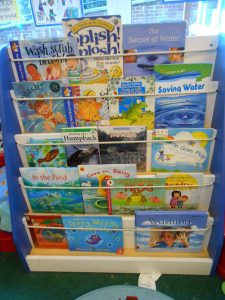The Centrality of Reading
The Educational Research around Reading is really clear, for parents, carers and teachers alike. It’s a key way in which we can support children in not only reaching their academic potential, but also increase mindfulness, reduce anxieties and prepare them for the challenges that growing up brings.
Here are links to lists of books and activities that would provide adults with great texts to read with their children and, in so doing, support the pupils of our school in an enjoyable way.
KS1 Reading List
KS2 Reading List
Free eBook library | Oxford Owl from Oxford University Press
7 top tips to support reading at home

Our Reading Curriculum
ten top tips for reading
1. Encourage your child to read
Reading helps your child’s wellbeing, develops imagination and has educational benefits too. Just a few minutes a day can have a big impact on children of all ages.
2. Read aloud regularly
Try to read to your child every day. It’s a special time to snuggle up and enjoy a story. Stories matter and children love re-reading them and poring over the pictures. Try adding funny voices to bring characters to life.
3. Encourage reading choice
Give children lots of opportunities to read different things in their own time – it doesn’t just have to be books. There’s fiction, non-fiction, poetry, comics, magazines, recipes and much more. Try leaving interesting reading material in different places around the home and see who picks it up.
4. Read together
Choose a favourite time to read together as a family and enjoy it. This might be everyone reading the same book together, reading different things at the same time, or getting your children to read to each other. This time spent reading together can be relaxing for all.
5. Create a comfortable environment
Make a calm, comfortable place for your family to relax and read independently – or together.
6. Make use of your local library
Libraries in England are open again, so visit them when you’re able to and explore all sorts of reading ideas. Local libraries also offer brilliant online materials, including audiobooks and ebooks to borrow. See Libraries Connected for more digital library services and resources.
7. Talk about books
This is a great way to make connections, develop understanding and make reading even more enjoyable. Start by discussing the front cover and talking about what it reveals and suggests the book could be about. Then talk about what you’ve been reading and share ideas. You could discuss something that happened that surprised you, or something new that you found out. You could talk about how the book makes you feel and whether it reminds you of anything.
8. Bring reading to life
You could try cooking a recipe you’ve read together. Would you recommend it to a friend? Alternatively, play a game where you pretend to be the characters in a book, or discuss an interesting article you’ve read.
9. Make reading active
Play games that involve making connections between pictures, objects and words, such as reading about an object and finding similar things in your home. You could organise treasure hunts related to what you’re reading. Try creating your child’s very own book by using photos from your day and adding captions.
10. Engage your child in reading in a way that suits them
You know your child best and you’ll know the best times for your child to read. If they have special educational needs and disabilities (SEND) then short, creative activities may be the way to get them most interested. If English is an additional language, encourage reading in a child’s first language, as well as in English. What matters most is that they enjoy it.










